OCR-AI-Powered Text Extraction
AI-Powered Text Extraction Made Easy
Extract text from this image. 📷
What language is used in this image?🌍
Tell me more about the text in this image. 🧐
Translate the text from this image. 😊
Related Tools
Load More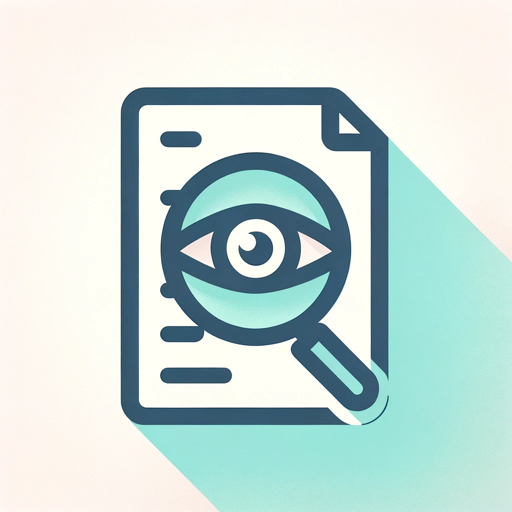
OCR
Extract text and content from images or PDF documents

OCR with GPT Vision
VisionText Extractor GPT is designed to perform Optical Character Recognition (OCR) on uploaded images, extracting text with precision.
OCR: PDF- and image-reader
Provides tekst from images and scanned documents by using optical character recognition (OCR)
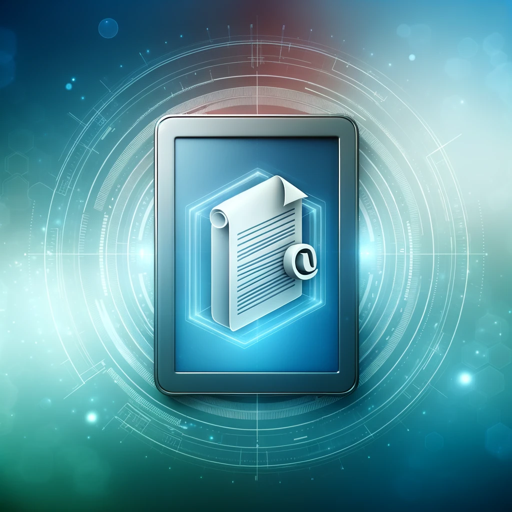
OCR (formerly ChatOCR)
Extract text from scanned PDFs, photos, and even handwriting.
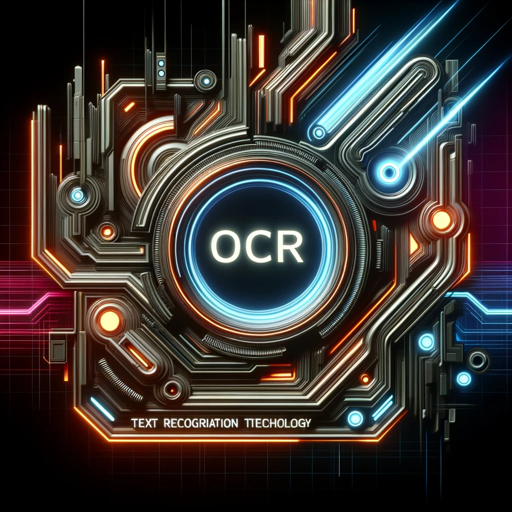
OCR
Perform OCR from images, PDFs. Start with Start. 画像、PDFからOCRを実行します。スタートで始めてください。
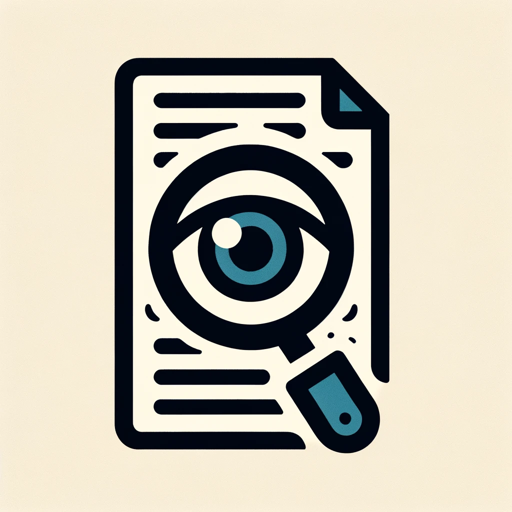
OCR - Text Extractor
An OCR assistant for accurately extracting text from images.
20.0 / 5 (200 votes)
Introduction to Optical Character Recognition (OCR)
Optical Character Recognition (OCR) is a technology that converts different types of documents, such as scanned paper documents, PDFs, or images captured by a digital camera, into editable and searchable data. The main purpose of OCR is to digitize printed texts so that they can be electronically edited, searched, and stored more compactly. OCR is widely used to convert hard copy legal or historical documents into PDFs, to automate data entry processes, and to make scanned documents searchable. For example, imagine a company that has years of printed contracts stored in filing cabinets. By using OCR, they can digitize all these contracts, making it easier to search for specific clauses or terms without manually sifting through paper documents. This not only saves time but also helps in preserving the documents in a digital format, reducing physical storage space.

Main Functions of OCR
Text Extraction
Example
Converting scanned books into digital text.
Scenario
A university library digitizes its collection of rare books. Using OCR, the text from these books is extracted and converted into digital formats, allowing for easier access and searchability by students and researchers.
Data Entry Automation
Example
Processing invoices automatically.
Scenario
A finance department uses OCR to automate the entry of invoice data into their accounting software. This reduces the need for manual data entry, minimizes errors, and speeds up the accounts payable process.
Document Searchability
Example
Making scanned PDFs searchable.
Scenario
A legal firm scans all client documents and uses OCR to make the text searchable within their document management system. Lawyers can quickly find relevant information within large sets of documents, improving efficiency in case preparations.
Ideal Users of OCR Services
Businesses and Corporations
Businesses of all sizes can benefit from OCR technology for automating data entry, managing documents, and enhancing workflow efficiency. For instance, a retail company can use OCR to process large volumes of order forms, receipts, and invoices, significantly reducing the time and cost associated with manual data entry.
Educational and Research Institutions
Universities, libraries, and research institutions often have extensive collections of printed materials. OCR helps these institutions to digitize their collections, making information more accessible and searchable for students and researchers. This is particularly useful for preserving historical documents and facilitating academic research.

How to Use OCR
Step 1
Visit aichatonline.org for a free trial without login, no need for ChatGPT Plus.
Step 2
Upload an image containing the text you want to extract. Ensure the image is clear and well-lit for optimal results.
Step 3
Select the language and type of text you are extracting, such as printed text, handwritten notes, or mixed content.
Step 4
Use the provided tools to adjust the image if necessary, such as cropping or rotating to align the text properly.
Step 5
Click the 'Extract Text' button and review the extracted text. You can then save, edit, or export the text as needed.
Try other advanced and practical GPTs
Just Say
AI-powered language conversations for real-life fluency.

PPC Machine
Optimize Your Ads with AI-Powered Precision

Peep Show Character Bot
Interact with AI-powered Peep Show characters

Vikas' Scripting Helper
AI-Powered Airtable Scripting Made Easy

KANG DONG HYUP
Empower Your Ideas with AI

React Helper
AI-powered assistance for React development
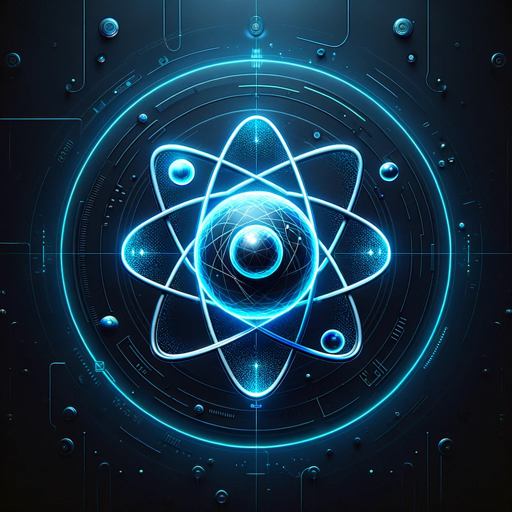
Cosmetic Formulator for Hair and Skincare
AI-Powered Formulations for Hair & Skincare.

SOP Builder (Standard Operating Procedures)
AI-powered SOP creation and management.

Knowledge Summarizer
AI-powered tool for creating comprehensive Tables of Contents.

Unbreakable GPT
Unlock the Mystery with AI Power
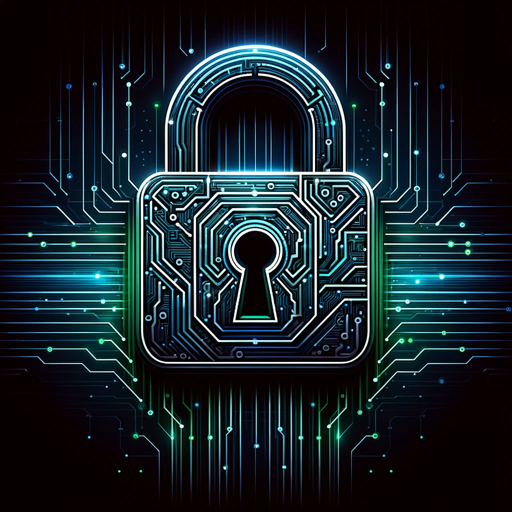
Portfolio Management GPT
AI-driven investment insights for all.

Knowledge Compass
AI-driven creativity and education, simplified.
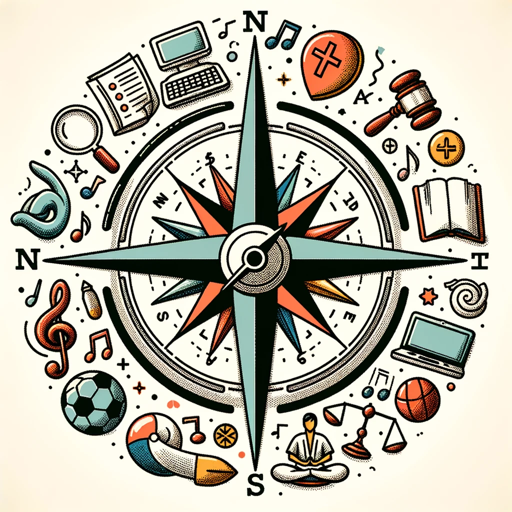
- Translation
- Accessibility
- Text Analysis
- Data Entry
- Document Scanning
Common Questions About OCR
What types of documents can OCR process?
OCR can process a variety of documents, including printed texts, handwritten notes, scanned documents, and even text within images or photographs.
How accurate is OCR technology?
OCR accuracy depends on the quality of the image and the clarity of the text. High-resolution images with clear, legible text yield the best results. Advanced OCR systems can achieve accuracy rates of over 90%.
Can OCR handle multiple languages?
Yes, advanced OCR systems support multiple languages, allowing for text extraction from documents written in various languages, including those with non-Latin scripts.
What are common use cases for OCR?
Common use cases include digitizing printed documents, extracting text from images for data analysis, automating data entry, and assisting visually impaired users by converting text to speech.
Are there any file size limitations for images uploaded to OCR?
File size limitations can vary depending on the OCR service. Generally, larger files may take longer to process. It's recommended to check the specific service's guidelines for any restrictions.